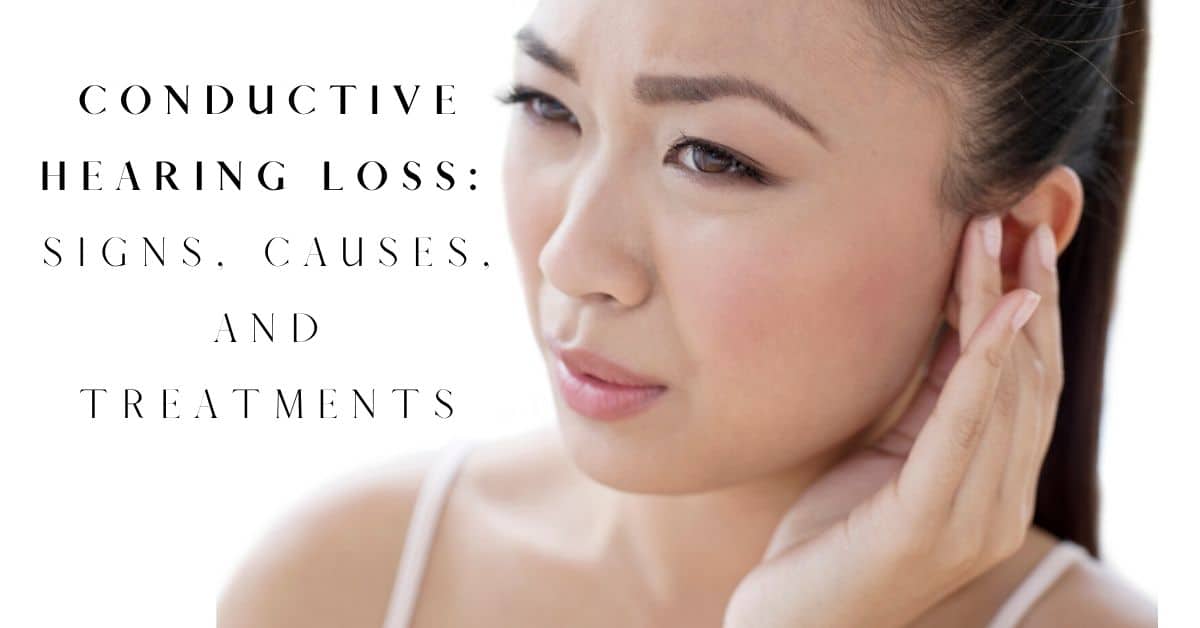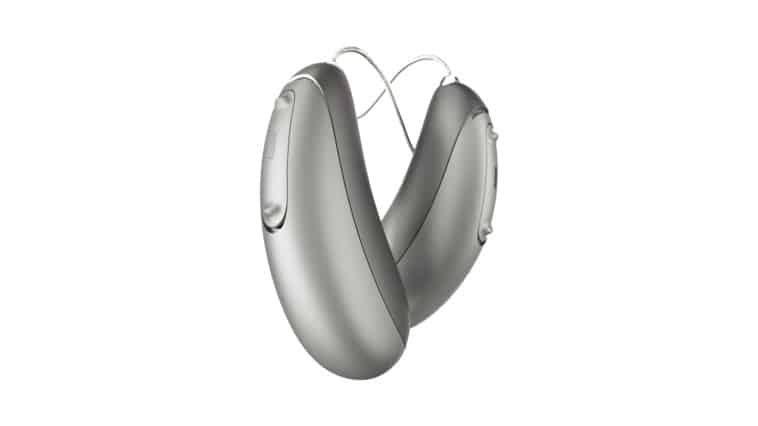0% financing available. Up to 3-year loss and damage guarantee.

Conductive Hearing Loss: Signs, Causes, and Treatments
- Navigating the Conversation: The Significance of Thoughtful Disclosure in Hearing Loss - December 10, 2023
- The Sound of Dreams: Understanding How Hearing Loss Impacts Dreaming - November 7, 2023
- Traveling Effectively with Hearing Aids - October 16, 2023
Hearing loss falls into one of two main categories: sensorineural or conductive. While a person can have one or both types, they affect distinct mechanisms in the ears. Sensorineural hearing loss gets a lot of media coverage. It’s the kind of hearing loss that is caused by damage to the cilia (tiny hair-like cells) in the cochlea, or the auditory nerve: parts of the inner ear. Most noise-induced hearing loss and age-related hearing loss is sensorineural. Basically, it means there is a problem with the electrical parts of the ear, either in transducing (converting) mechanical energy into electrical energy or in transporting that electrical energy to the brain.
Conductive Hearing Loss
Conductive hearing loss, on the other hand, is caused by any number of problems with the middle or outer ear. It designates a failure to transfer mechanical energy from the outside world to the cochlea. If hearing loss occurs suddenly, perhaps overnight, it’s a reliable sign that the hearing loss is conductive in nature. The good news is that in most cases of conductive hearing loss, hearing can be restored to normal either by the body’s natural healing process, antibiotics, or surgery.
Outer Ear Problems
The outer ear includes all parts of the ear that are visible from outside the body, up to and including the eardrum. Conductive hearing loss can occur here through obstruction or constriction of the ear canal; or rupturing or perforation of the eardrum.
Swimmer’s ear is a common cause of conductive hearing loss. This is an infection that lives in the ear canal, usually caused by contact with dirty water or using cotton swabs to clean the ears. In addition to hearing loss, swimmer’s ear will cause pain in the ear. Both the pain and the hearing loss are due to inflammation in the tissue of the ear canal, which is consequently constricted to the point that sound cannot pass through it as normal. The good news is that once the infection clears up, the pain will go away and hearing will return.
A buildup of earwax or foreign material in the ear canal can also cause hearing loss. Once it is cleared away, hearing returns to normal.
Other problems with the ear canal include aural atresia, defects usually noticed from birth with the outer ear canal, or non-cancerous lesions, from cold water swimming. Both of these can be corrected with surgery.
Rupture of the eardrum can be caused by foreign materials or by a sudden, massive burst of sound. In some cases, the eardrum can rupture or perforate as a result of a middle ear infection, which we’ll talk about shortly. Hearing loss can be permanent if the eardrum develops scar tissue in the healing process. The added weight and/or rigidity of the scar tissue makes the eardrum move less freely, passing less sound on to the middle ear. Hearing aids can restore hearing to almost normal, in these cases.
Middle Ear Problems
The middle ear picks up where the eardrum leaves off. The main part of the middle ear is a hollow cavity, called the tympanic cavity, which houses the three smallest bones in the human body: the malleus, the incus and the stapes. Each is about the size of a grain of rice. These bones vibrate sympathetically in response to the eardrum, and their vibrational energy is passed on to the inner ear. The tympanic cavity also connects to the throat via the auditory tube (formerly known as the Eustachian tube), so that air pressure can be regulated to equal that outside the body.
Unfortunately, the auditory tube can also allow infections of the upper respiratory tract to migrate into the middle ear. This is what happens in the common childhood ear infection. Children are more prone to these middle ear infections (otitis media) than adults because their auditory tubes are more horizontal, though adults can get them as well. If the auditory tubes inflame to constriction, fluid can become trapped in the middle ear. This fluid, in turn, constricts the movement of the three bones, causing conductive hearing loss. When the infection subsides, hearing should return to normal. Chronic otitis media may require surgery.
Any problems with the bones in the middle ear are considered conductive hearing loss. They can be damaged by trauma or extremely loud sound. They can grow abnormally or be fused together. These problems can sometimes be solved with surgery.
If you have any hearing loss, you should schedule a visit with a hearing healthcare professional. If you have pain, you should see a doctor immediately. In many cases, the hearing loss might be reversible, but only a professional can help you determine this.

